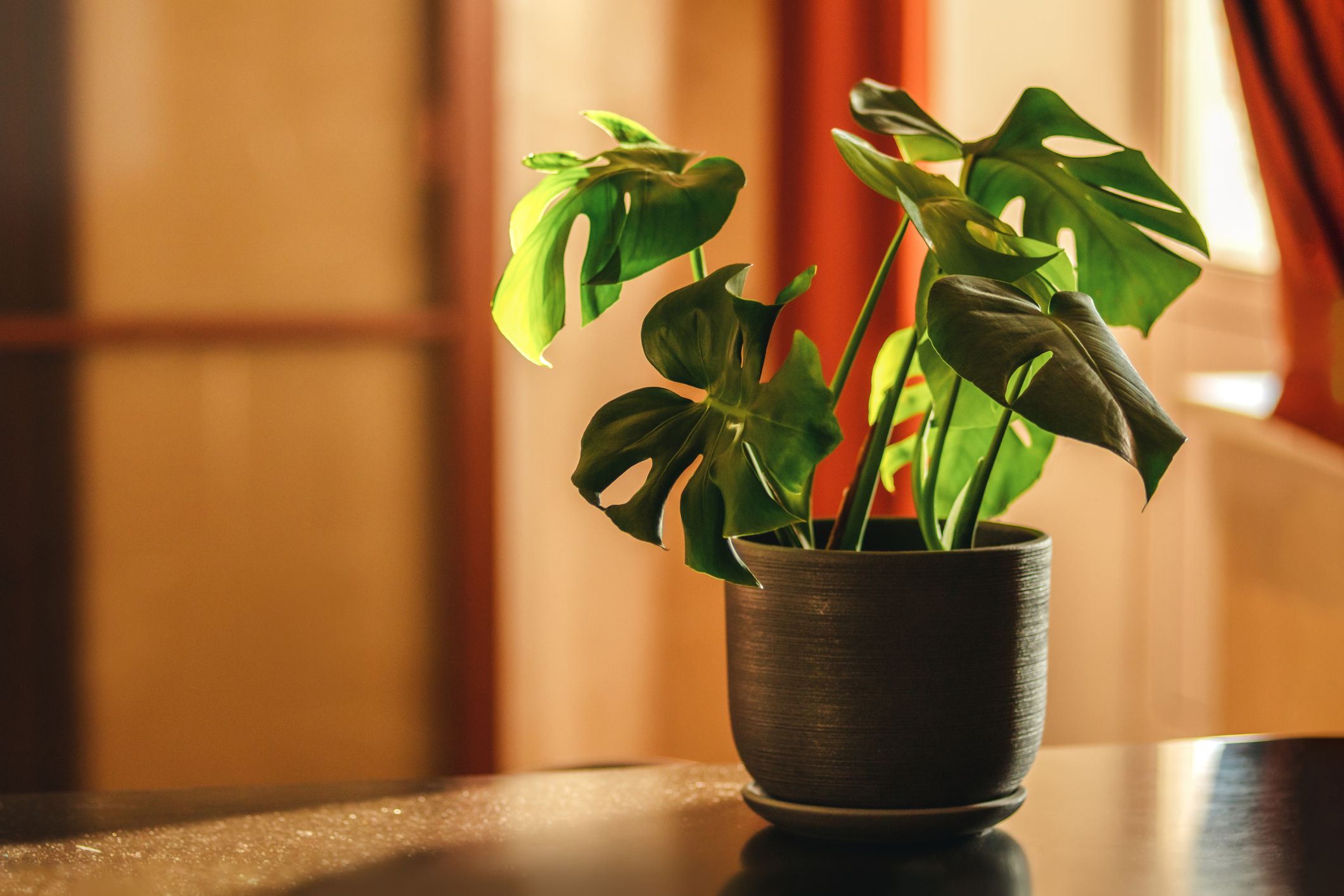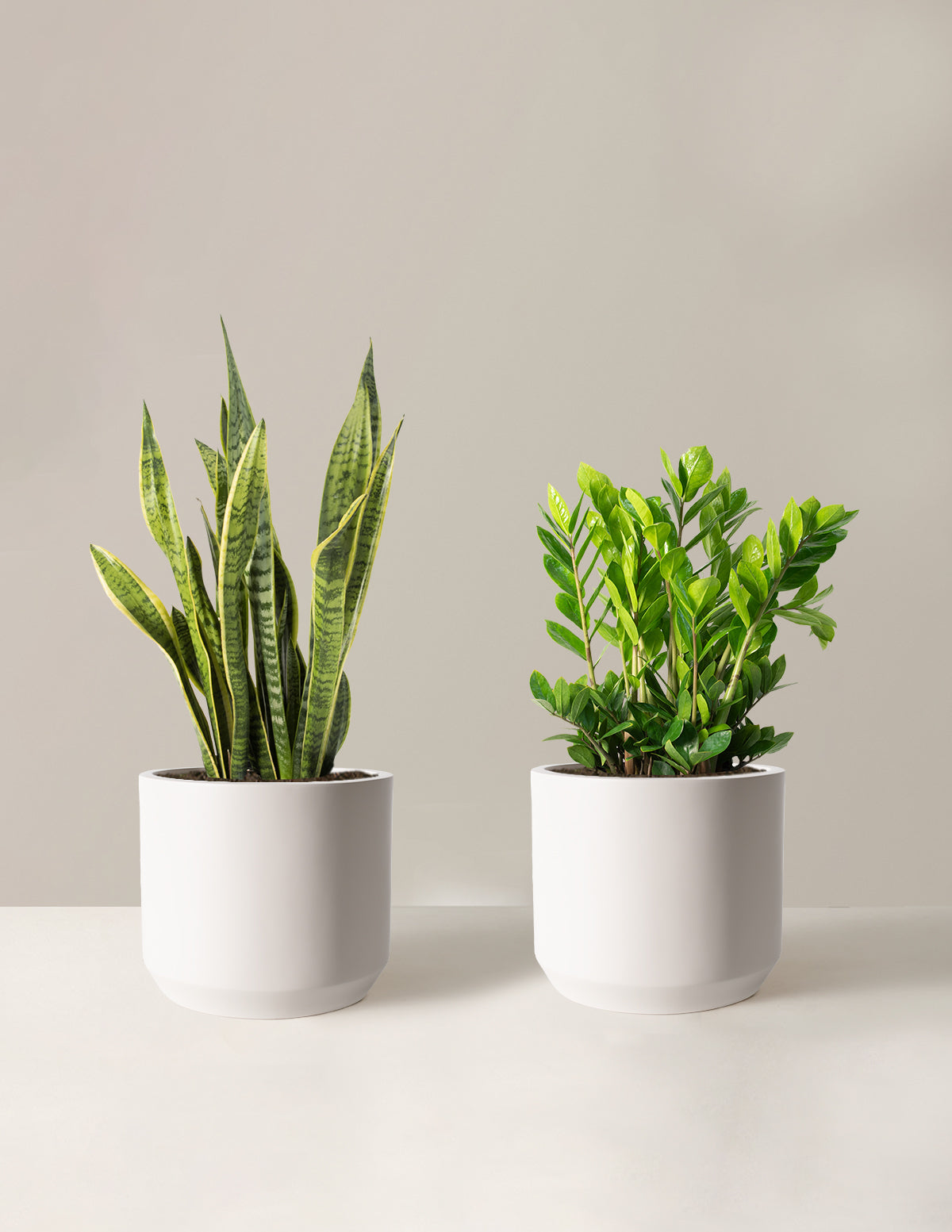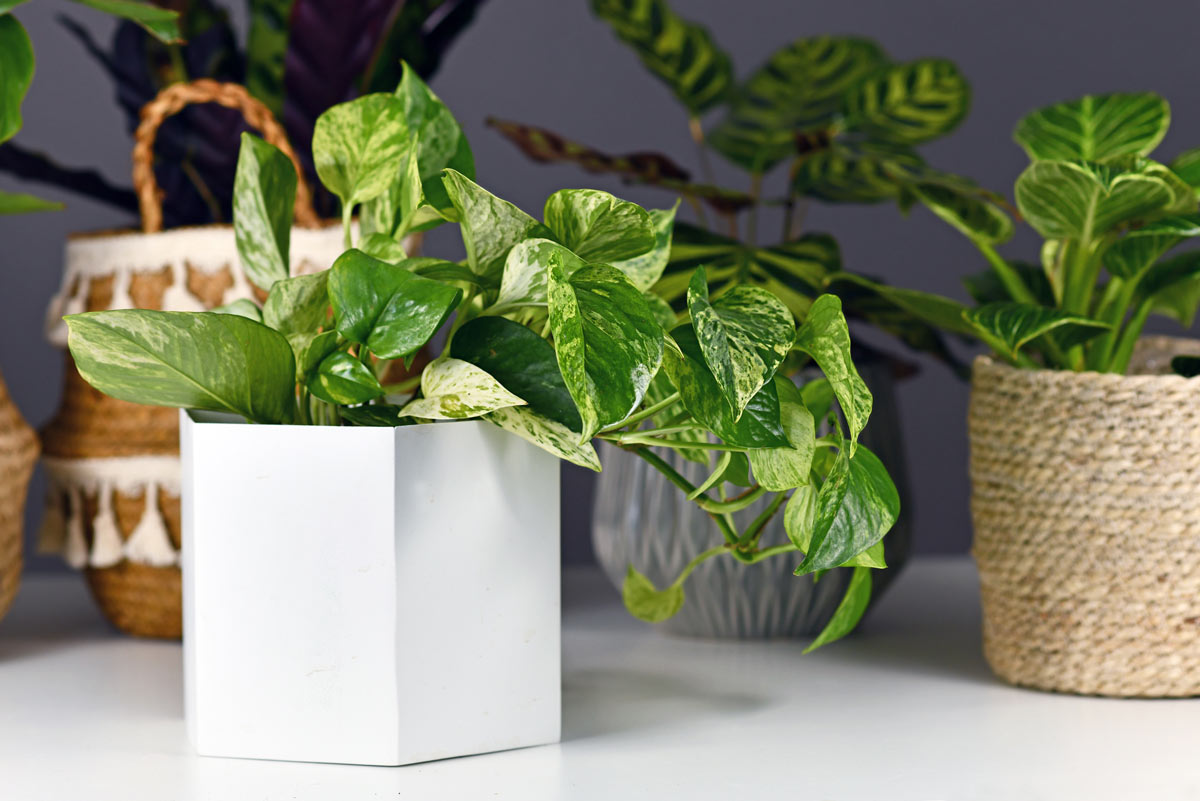Transform Your Home With Beautiful Low-Light Indoor Plants and Their Benefits
Integrating low-light interior plants right into your home can considerably enhance both the visual and ecological top quality of your home. These plants, which flourish in dark problems, offer not just as attractive aspects yet additionally as all-natural air purifiers, making them optimal for city residents or those with restricted sunlight exposure. As we discover the numerous kinds of low-light plants and their benefits, you may find shocking means to integrate them into your home that can change your environments in methods you may not have anticipated.
Benefits of Low-Light Plants
Low-light plants provide various advantages for indoor atmospheres, making them a superb choice for both newbie and seasoned garden enthusiasts. Among the primary advantages is their versatility to low-light conditions, allowing people to boost their space without the demand for considerable sunshine direct exposure. This characteristic makes them excellent for apartment or condos, offices, and various other locations with restricted all-natural light.

Additionally, including low-light plants right into home decoration can raise the visual appeal of a space. Their lush foliage and varied textures create a relaxing atmosphere, adding to total wellness. Lastly, the visibility of greenery has actually been linked to decreased stress and anxiety levels and improved performance, making low-light plants a functional selection for boosting both psychological and physical health and wellness in indoor settings.
Top Low-Light Indoor Plants
While lots of interior plants flourish in brilliant light, several types are specifically appropriate for low-light problems, making them optimal for numerous indoor rooms. One popular option is the Serpent Plant (Sansevieria), known for its striking upright fallen leaves and resilience, needing marginal treatment. An additional outstanding choice is the Pothos (Epipremnum aureum), which features heart-shaped fallen leaves and can route magnificently from shelves or hangers, growing in reduced light and including a lush touch.
The ZZ Plant (Zamioculcas zamiifolia) is commemorated for its shiny leaves and ability to hold up against overlook, making it best for active lifestyles. The Tranquility Lily (Spathiphyllum) not just endures reduced light yet additionally produces sensational white blossoms, improving any type of area's aesthetic.
For an unique touch, think about the Cast Iron Plant (Aspidistra elatior), which indeed measures up to its name, growing in the darkest edges of your home. The Chinese Evergreen (Aglaonema) uses a range of leaf patterns and shades while being remarkably forgiving in low-light conditions. These plants not just enhance indoor environments yet likewise add to air filtration, improving your living area.
Treatment Tips for Low-Light Plants

Sprinkling practices are essential; these plants frequently prefer a little completely dry conditions. Overwatering can result in root rot, so make sure that the top inch of soil is completely dry prior to sprinkling again. Use pots with water drainage openings to enable excess moisture to run away.
Moisture is another vital element. Numerous low-light plants, such as brushes and tranquility lilies, benefit from greater moisture levels. To boost moisture, consider misting the leaves or positioning a tray of water near the plants.
Fertilization ought to be come close to with care. Throughout the growing season, make use of a watered down, well balanced fluid fertilizer each month to sustain growth, find here however prevent feeding during the dormant cold weather.

Innovative Ways to Present Plants
Indoor plants can function as exciting prime focus in any space, boosting both visual allure and setting. Imaginative display screens can boost the aesthetic impact of low-light plants, making them an important component of your home style. One reliable method is to use tiered plant stands, which enable you to display several plants at differing elevations while maximizing floor space.
Hanging planters are another innovative choice, developing a sense of depth and drawing the eye up. Consider macramé hangers or wall-mounted racks to present an one-of-a-kind appearance and design.
For a more structured strategy, use geometric terrariums or glass containers to house your plants, adding a contemporary touch to your interior yard. You can likewise repurpose classic products, such as teacups or wood dog crates, for a diverse screen that reflects your individuality.
Enhancing Home Ambiance With Plants
Incorporating low-light plants into your home not only improves visual allure but likewise contributes considerably to the total setting. These visit this web-site plants work as all-natural style aspects, introducing a feeling of harmony that can transform any area. The existence of plant promotes a calming ambience, which is particularly useful in high-stress environments such as home workplaces or living rooms.
Low-light plants, such as serpent plants, pothos, and ZZ plants, are not only aesthetically pleasing yet likewise improve interior air high quality by filtering contaminants. This twin feature improves the ambiance additionally, creating a much healthier home (Best low-light indoor plants). The critical placement of these plants can likewise influence the assumption of room; as an example, tall plants can draw the eye upwards, making ceilings show up greater and areas more roomy
Moreover, varying textures and shades of foliage add depth to interior layout, enabling innovative expression in home designing. Whether positioned on racks, in corners, or as centerpieces, low-light plants can boost the state of mind of any kind of space. In summary, integrating these plants right into your home is a reliable way to promote a cozy, welcoming atmosphere while profiting of improved air quality and aesthetic versatility.
Conclusion
Integrating low-light interior plants right into home settings supplies countless benefits, consisting of enhanced aesthetic charm and enhanced air top quality. These resistant plants, such as the Snake Plant and Peace Lily, need marginal light and maintenance, making them appropriate for varied way of livings. Their capacity to filter pollutants adds to a healthier living area, while their varied structures and shades improve interior style (Best low-light indoor plants). Ultimately, the addition of low-light plants cultivates a calm and welcoming ambiance, transforming any kind of home right into a peaceful oasis.
While many interior plants flourish in intense light, a number of varieties are especially well-suited for low-light problems, making them optimal for various interior spaces. One reliable method is to make use of tiered plant stands, which allow you to display multiple plants at varying elevations while making best use of floor room.
Low-light plants, such as snake plants, pothos, and ZZ plants, are not Click Here just aesthetically pleasing however also enhance interior air quality by filtering toxins. Best low-light indoor plants. The tactical positioning of these plants can additionally influence the understanding of space; for circumstances, tall plants can attract the eye upward, making ceilings show up greater and rooms a lot more sizable
These resilient plants, such as the Serpent Plant and Tranquility Lily, need marginal light and maintenance, making them appropriate for varied way of livings.